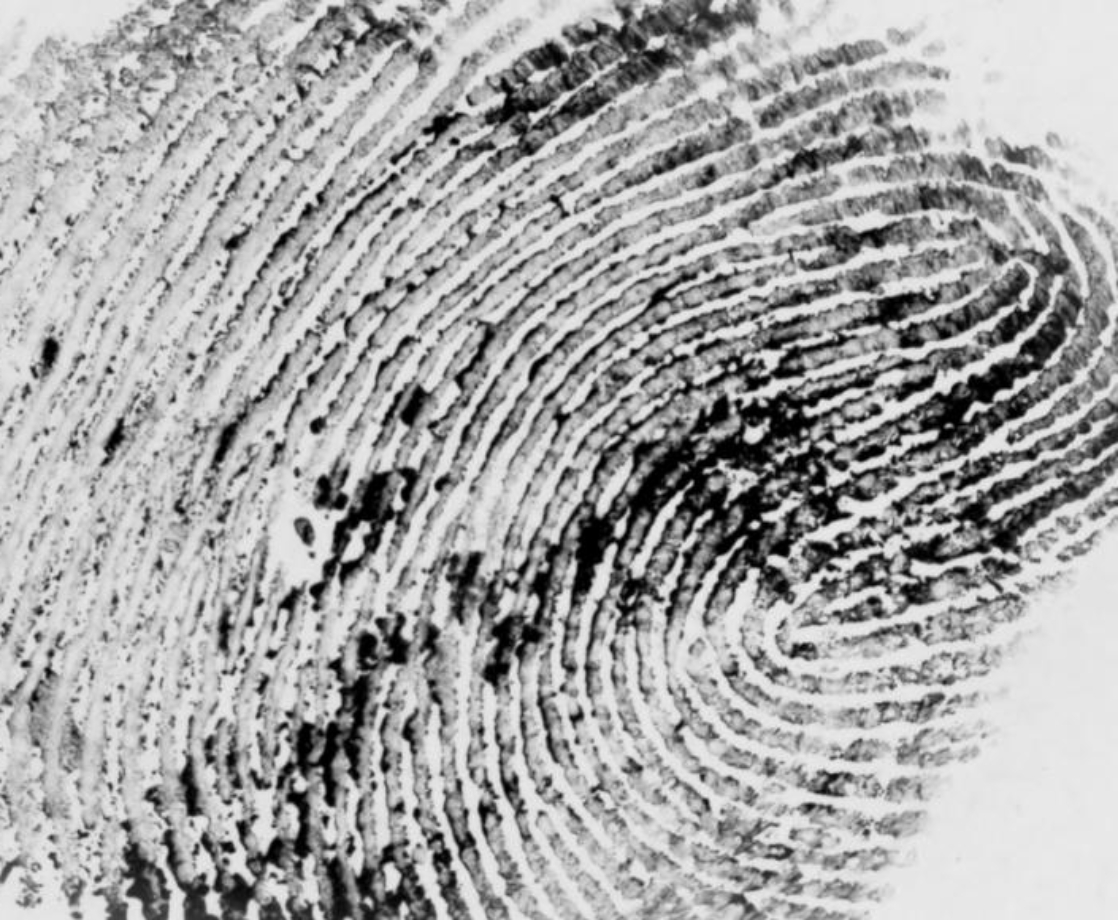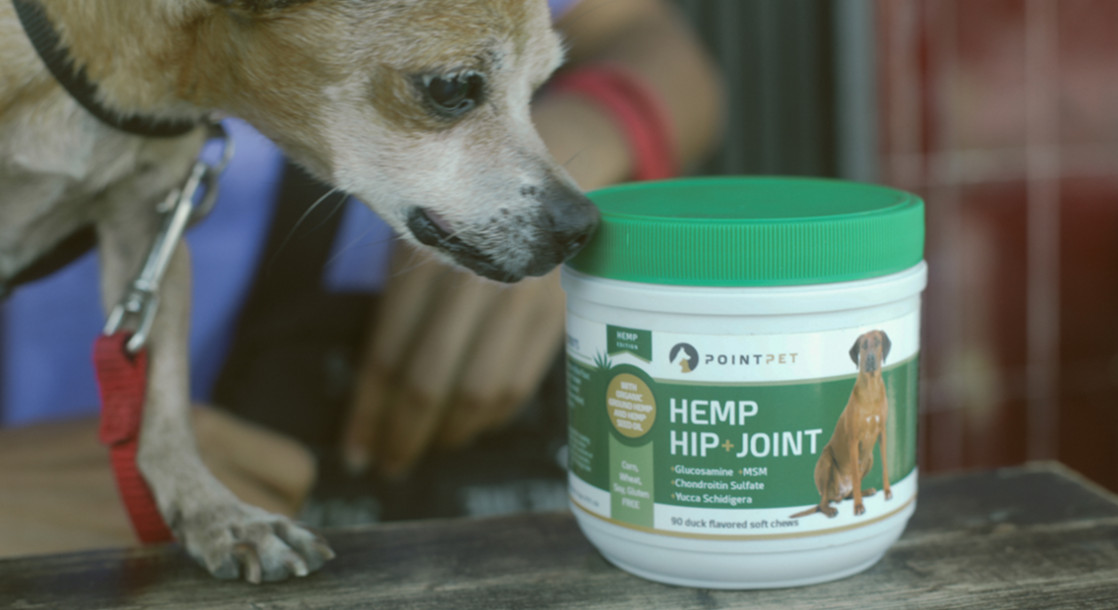Scientists in the UK just created a method to detect whether someone has used or handled cocaine by analyzing a single fingerprint. The new technique, which was developed at the University of Surrey by Melanie Bailey and a team of colleagues, has potential applications that could include drug testing and forensic investigations.
Using just one fingerprint, the test can detect the presence of cocaine and benzoylecgonine, a chemical that is excreted through the skin after cocaine is ingested. The test is so sensitive it can determine if someone has just been handling coke or if they actually used the drug.
“You can use it to say either somebody’s touched the drug or they’ve ingested it,” said Bailey.
To conduct the test, the subject presses a finger on a specially treated paper for 10 seconds. Once the fingerprint has been taken, the paper is analyzed using mass spectrometry for the presence of cocaine and benzoylecgonine. If the substances are found, it doesn’t necessarily mean that the person has been using coke. This is because benzoylecgonine is also an impurity that is sometimes found in street cocaine. But if someone has merely been handling cocaine or somehow picked it up on their hands accidentally, it can easily be removed.
“Benzoylecgonine in street cocaine actually washes off the fingers,” Bailey said.
The test uses this characteristic of the chemical to its advantage. By having the subject wash their hands before administering the test, any benzoylecgonine detected would have to have been excreted by sweat onto the fingertip.
To validate the procedure, Bailey and her colleagues took fingerprints from people who had touched cocaine, some of which was 99 percent pure and other samples that were street quality. Fingerprints were taken immediately after the drug had been handled, and again after the subjects had washed their hands. The team also took fingerprints from 26 additional people at a drug rehab center who reported using cocaine in the last 24 hours. Of the 86 samples taken for the study, the test was 95 percent accurate and detection was possible for up to 48 hours after cocaine was used or handled.
Results from the fingerprint test for cocaine can be produced in about two minutes, far less time than the blood tests that are currently relied upon. This gives the technique the potential to conduct drug tests that yield valuable information on the spot.
“If someone’s ingested cocaine, you wouldn’t want them to fly a plane or drive a bus,” explained Bailey.
Eventually, the test could also be used to determine if fingerprints at a crime scene were left by someone who had recently used cocaine or for other forensic purposes, although further validation of the technique would be necessary first. But, if that happens, we could soon see fingerprints being used in the courtroom for more than just identifying a suspect.











